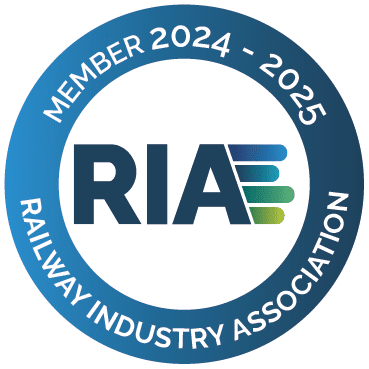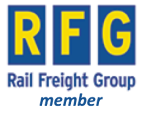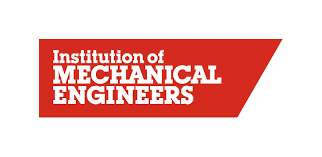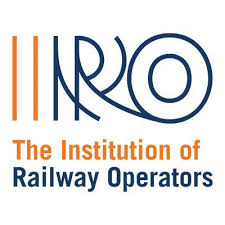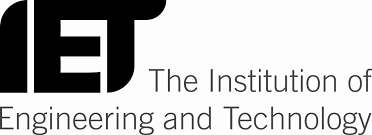In the third in our series examining the opportunities for discontinuous electrification, this paper discusses modification of existing rolling stock to provide a discontinuous electrification solution, without requiring modification to the infrastructure. As discussed within the earlier papers, moving the cost of changing the traction energy type from the infrastructure to the rolling stock enables leverage of well-established private financing mechanisms, which can accelerate implementation and circumnavigate constraints on public funding. Some recent rolling stock orders have incorporated the introduction of hybrid trains and it might be assumed that future orders for rolling stock that works across non-electrified routes will also be introduced as hybrid. However, there are several fleets that are at risk of being withdrawn early due to obsolete technology lacking easily-presentable modifications to achieve full design life. In this paper, a potential solution is presented to modify the Bombardier built Voyager and Meridian fleets (Classes 220, 221, and 222) to enable them to achieve their anticipated 35-year design life.
Discontinuous electrification routes
Some operating routes are already fitted with discontinuous electrification by the very nature in which they link together existing electrified sections. The Cross Country franchise routes are typical of these.
The Cross Country routes
The Cross Country routes were franchised in 1997, when Virgin CrossCountry replaced the Cross-Country Division of InterCity, continuing an established practice of long-distance operations running partly over electrified routes – the East and West Coast Mainlines particularly – and non-electrified routes, such as to South West England. At privatisation the routes were served by a mixture of HST sets and Class 47 locomotives hauling Mk2 coaches. The first franchise was let to Virgin Trains and incorporated Operation Princess, the introduction of new trains, while re-developing the timetable radically to introduce more services using shorter trains. These trains were the Class 220 and 221 Voyager family of diesel electric multiple units (DEMUs) and, along with a fleet of Class 170 Turbostars and a fleet of HSTs, these continue to serve in the Cross Country franchise.
Electrification on Cross Country is discontinuous at best and involves many stretches of non-electrified network as well as hubs of electrification, as demonstrated in Table 1.
Apart from the stretch on the northern East Coast Main Line, which is cleared for 125 mph running, most of the routes are cleared for 100 mph only.
Figure 1. Cross Country route map
This unique mixture of operating requirements makes the Cross Country routes ideal for optimisation of traction energy type, but due to a combination of factors including the franchising timetable and the state of technology readiness, this opportunity has not been leveraged.
Table 1. Electrification distribution on Cross Country route [1]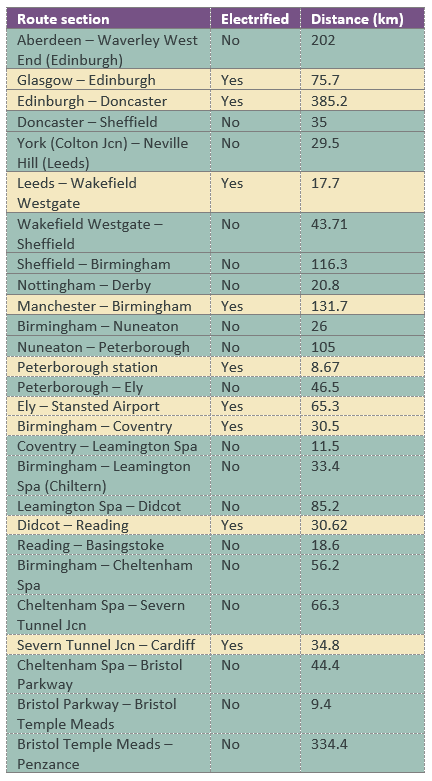
Fleet focus
On award of the first Cross Country trains franchise to Virgin Trains in 1997, new rolling stock was ordered to replace the BR era stock. The units ordered were the Bombardier built diesel-electric multiple units designated Class 220 Voyagers and Class 221 tilting Super Voyagers, these being built at Wakefield and Bruges (Belgium). Fleets were ordered both for the Cross Country franchise and the West Coast franchise. The original plan was to replace the entire loco-hauled and HST fleets, although subsequently several HSTs had to be reintroduced to cope with increased demand.
The Class 220 Voyagers and Class 221 tilting Super Voyagers were delivered between 2000 and 2002. They are identical except for the tilting function, which is achieved using an outside-framed bogie, while the non-tilt Voyagers utilised the first production use of the late 1980s BR-developed B5000 inside-framed bogie, since designated Flexx-Eco by Bombardier, the manufacturer. On Cross Country, the tilt equipment was subsequently isolated, and then removed in 2008 after the redistribution of the West Coast services to Virgin Trains West Coast and TransPennine Express.
Between 2004 and 2005 another series of the DEMU fleets was built for the Midland Mainline franchise and the Hull Trains open access operation. These Class 222 units were named Meridians on the Midland route and Pioneers on the Hull route. In 2009, the Pioneers were transferred to East Midlands Trains, the successor to Midland Mainline, and absorbed into the Meridian fleet. The Meridians are similar to the Class 220 Voyagers but have an improved layout and a different cosmetic front end. The current fleet composition is as in Table 2.
Table 2. Class 22x fleet compositionFranchise implications
In 2019, the Department for Transport awarded the West Coast Partnership (WCP) franchise. The Invitation To Tender (ITT) had included a requirement to “reduce carbon emissions at railhead”. The award confirmed that this was to be achieved through the removal of the Voyager units to be replaced by a fleet of EMUs and bi‑modes.
The Department for Transport also awarded the East Midlands franchise which has mandated the replacement of all existing mainline rolling stock (HSTs and Class 222s) with bi-mode trains to enable use to be made of the electrification provided already between London St Pancras and Bedford and subject to potential extension northwards in future.
The result of these two franchise requirements is that within the next two or three years, 47 units, equating to 243 vehicles will be displaced, having only just passed their half-life point.
Capacity and ambiance
The Voyagers had a rocky introduction to service. They replaced HST and Mk2 vehicles, both of which were considered by passengers to be comfortable and spacious. In comparison, the Voyagers, with their tilt-compatible body cross-section (regardless of whether they were configured for tilt) and high-backed seats, were felt to be cramped. This assessment was not helped by the Operation Princess timetable change which replaced 8-car HSTs with 4-car Voyagers but at twice the frequency. Unfortunately, since most passengers continued to board the same train as previously, some services were immediately significantly over-crowded. This overcrowding was exacerbated by the decision to fit universal access toilets (UATs) in all vehicles, despite only two vehicles having wheelchair spaces. Experiments by frustrated commuters demonstrated that 14 standees could fit in one UAT.
The overcrowding has not been resolved, since much of the operation can be a series of commuter routes joined together by a single train service. For example, Edinburgh to Newcastle, Newcastle to York, York to Doncaster or Leeds, Doncaster or Leeds to Sheffield, Sheffield to Derby, and Derby to Birmingham are all commuter routes which are served by a single train service. Multiple train services can be severely overcrowded for sections of the route as they pass through these commuter demands at particular times of day.
In addition, the change from locomotive-hauled rolling stock to multiple units with a diesel engine under every vehicle attracted adverse comment when the units were introduced, regarding the noise and vibration from the diesel engines not being in keeping with a high quality long distance journey experience.
The Meridians have fared better, and the lessons learnt in the Voyager build were transferred to the newer fleet resulting in a more spacious interior and better sound deadening between the underframe and the saloon. Additionally, space saver toilets have been used in coaches not fitted with wheelchair spaces, making more efficient use of the available space.
Figure 2. Current Cross Country Voyager layout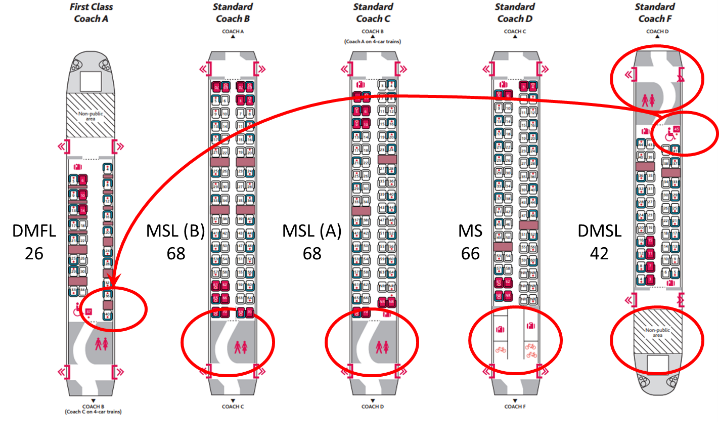 Figure 3. Potential Voyager enhanced layout
Figure 3. Potential Voyager enhanced layout

Capacity can be improved in an enhanced layout, by moving the standard class wheelchair space to first class; removing the UAT from the MSL(B) vehicle and installing additional seats; converting the UAT in the MSL(A) vehicle to 2x space saver toilets; reducing luggage space in the MS vehicle and adding more seats; replacing the UAT in the DMSL vehicle with a space saver toilet and additional luggage space; and using a portion of the space in the DMSL non-passenger area for bikes (as has been achieved on the West Coast Voyagers). These changes result in an additional 30 standard class seats for a 5 car Voyager in exchange for the loss of 2 first class seats.
The current layout is as shown in Figure 2, and the possible enhanced layout in Figure 3. Any changes could be implemented as part of a mid-life refurbishment.
Traction
The electric drive system within the DEMU concept should offer a head start for any conversion to an alternative traction source producing electric energy.
A weakness with all three fleet types (Classes 220, 221, and 222) is that the traction power system is discrete to the vehicle and is not linked within the unit. Each vehicle is powered independently with a diesel engine, alternator, and traction motors. This redundancy is good for service resilience and means that in the event of a failure, the affected vehicle simply becomes a trailer vehicle. However, there is no facility to supply electricity for the traction motors from elsewhere within the unit. This has frustrated potential schemes for creation of a bi‑mode Class 22x unit on the grounds of prohibitive cost, to be recovered over a limited remaining life.
Figure 4. eVoyager concept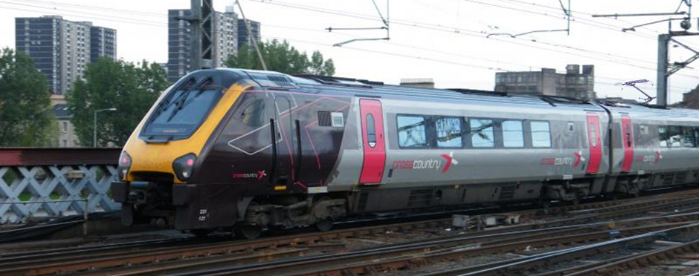
The initial ‘eVoyager’ scheme investigated by Bombardier for the vehicle owners involved fitting a pantograph to one vehicle in each unit of the existing fleets. However, the vehicles were not designed with provision for a pantograph, which requires a suitable well in the roof that does not compromise the crashworthiness of the vehicle. To circumvent this problem, and with rising passenger demand putting value on additional capacity, another scheme was considered, to build a new intermediate trailer vehicle to be inserted into each unit and which would carry the pantograph and high voltage transformer equipment as well as improving unit capacity. This scheme failed when costs estimated by Bombardier were too great despite the additional benefit brought by the extra passenger capacity.
If a commercially acceptable solution is not found to convert these fleets to bi-mode or hybrid, there is a risk that they could be withdrawn well before the end of their design life.
A new lease of life
With so many additional vehicles coming off lease in the next few years, there is an opportunity and benefit for developing a long lasting, flexible, hybrid, solution. A concept for one of Stadler’s SMILE multiple units drew attention to the idea of packaging head-end power with distributed traction equipment.
This idea is not new. The original concept for the Intercity Express Programme (IEP) was for a fleet of passenger-carrying vehicles fitted with traction motors, with a head-end power unit providing traction power from either a diesel or electric energy source – the diesel formations would be top and tailed with diesel power units, the electric formations with electric power units, and the bi-modes with one of each.
Considering the use of head-end power contemplates a new Voyager driving vehicle that is a trailer car fitted with a diesel engine, pantograph, transformer and batteries. This enables the diesel engines to be removed from the individual vehicles, improving the interior noise levels and vibration. However, this does still require a traction power cable to be fitted down the length of the unit.
Smart power
In May 2007, Hitachi (the new technology), with Porterbrook (HST owner), Brush Traction (integration), and Network Rail (Operator of the New Measurement Train) unveiled the Hayabusa HST. This was a trial of the world’s first hybrid high speed train.
Figure 5. Hayabusa HST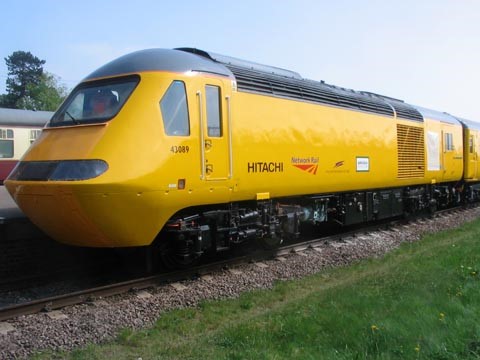
The new hybrid element comprised an HST power and trailer car, with the latter vehicle interior stripped out to house eight large banks of lithium-ion batteries as well as the accompanying equipment required to transform and clean the power supply between the HST generator set, storage batteries and traction motors.
Lithium-ion batteries provided sufficient power to accelerate the short rake from a standing start for up to 8 mins. The energy management system blended in power from the Paxman Valenta diesel engine as the speed reached 30 km/h. It was estimated that 80% of the energy generated using regenerative braking was being used to recharge the batteries, rather than being dissipated as heat. The project aimed to reduce fuel consumption by 20%, with higher savings achievable with a new purpose-built arrangement.
Even smarter power
Figure 6. The Stadler Class 93 tri-mode locomotive
The announcement by Rail Operations Group to procure new tri-mode Class 93 locomotives has produced a spark of a solution to keep the Voyagers and Meridians in traffic. The Stadler Class 93 is an evolution of the Class 88 locomotives delivered to Direct Rail Services. The Class 88 is an electric locomotive fitted with a diesel engine for ‘last mile’ lower speed movements off-wire.
Table 3. Class 93 parameters
In the Class 93, Stadler has taken the Class 88 concept a stage further by fitting batteries and using them in a very similar fashion to the Hayabusa HST. The batteries and the diesel engine combined provide sufficient capability to accelerate a train adequately when off-wire.
Tri-mode future
If a tri-mode locomotive could be developed for the UK market with 125 mph electric capability and 110 mph off-wire capability, there is the potential for the Voyager and Meridian fleets to be reconfigured as locomotive-hauled rolling stock. The combined fleet could be configured to provide push-pull trains with one driving trailer vehicle and a flexible number of trailer vehicles, all with both the engines and the traction motors removed. In addition, the rheostatic resistor location, now redundant, could be reused for solar panels to charge the auxiliary batteries.
These Voyager and Meridian fleets could then have more capacity than at present, easing the overcrowding significantly; could be reconfigured internally to improve ambiance; would be quiet; and most significantly could produce a solution which would retain the vehicles in useful service at least until the end of their original design life. Continued demand for HSTs shows that there is nothing inherently wrong with head-end power and carriages for long distance travel.
Further, as battery technology improves, the rating and size of the battery pack could be increased, thus reducing the reliance and use of the diesel engine until such a point that the diesel engine provides the boost for the battery rather than the other way around.
Crucially, financing for the locomotive, and hence leasing costs, need not necessarily be tied to the remaining life left in the Voyager and Meridian fleets. Potential secondary uses with different passenger or freight vehicle formations may justify recovery of the initial locomotive investment over a 30 or 40-year period or even longer.
[1] For this analysis, the Great Western main lines electrification is considered complete




